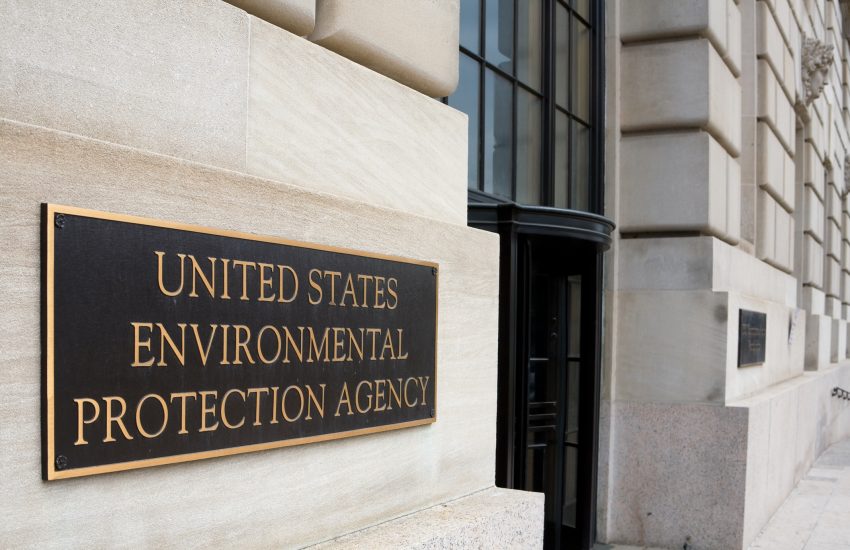Following the U.S. Environmental Protection Agency’s 2016 finding that ethylene oxide (EtO), a highly effective chemical routinely used to sterilize medical devices and equipment, was significantly more hazardous than previously understood, individuals and shareholders began filing lawsuits against various EtO-using entities throughout the United States with no end in sight. At the end of last month, however, it was the EPA that became the legal target of furious environmental justice and health advocates acting on behalf of the communities the EPA is tasked to protect from EtO emissions. New proposed EtO rules, the groups claim, are not only dangerously late, but inadequate.
In late September, Earthjustice, an environmental legal advocacy group, filed two lawsuits on behalf of individuals living near EtO facilities. The lawsuits allege that the EPA has failed to take timely action, in violation of the Clean Air Act and the Toxic Substances Control Act, to protect those who are at high EtO exposure risk due to their close proximity to facilities that emit the airborne chemical associated with various cancers and conditions. The EPA, the allegations say, should have finalized its proposed EtO rules two years earlier, in 2022, than it is now expected. The allegations further claim that the EPA’s proposed EtO rules (broken down in detail by ELM here) are insufficient because they do not apply to facilities that store products sterilized with EtO and, worse, not only fail to require EtO facilities to monitor emissions at their “fence lines” — their border with neighboring residential communities, who are at highest risk of harmful exposures — but rely on EtO levels monitoring undertaken by the facilities themselves. Failing to require meaningful monitoring, the allegations posit, results in particularly vulnerable communities, such as the Black company town of Institute, West Virginia, suffering disproportionately.
Arguably, these lawsuits do not sufficiently account for the debilitating nature of the historic pandemic that wreaked havoc across the world beginning in early 2020, just as the EPA’s regulatory focus on EtO was picking up speed. Indeed, the need for sterilized medical devices and equipment — such as nasal swabs, respirators, and face masks — exploded, creating worldwide shortages that we are still seeing echoes of, years later (recently covered by ELM here), while also underscoring the life-or-death need for effective sterilizing agents.
Whether courts will still find the EPA’s EtO untimely rulemaking efforts excusable or too little too late is anyone’s guess, but one thing is for sure: the determination will only take more time.

